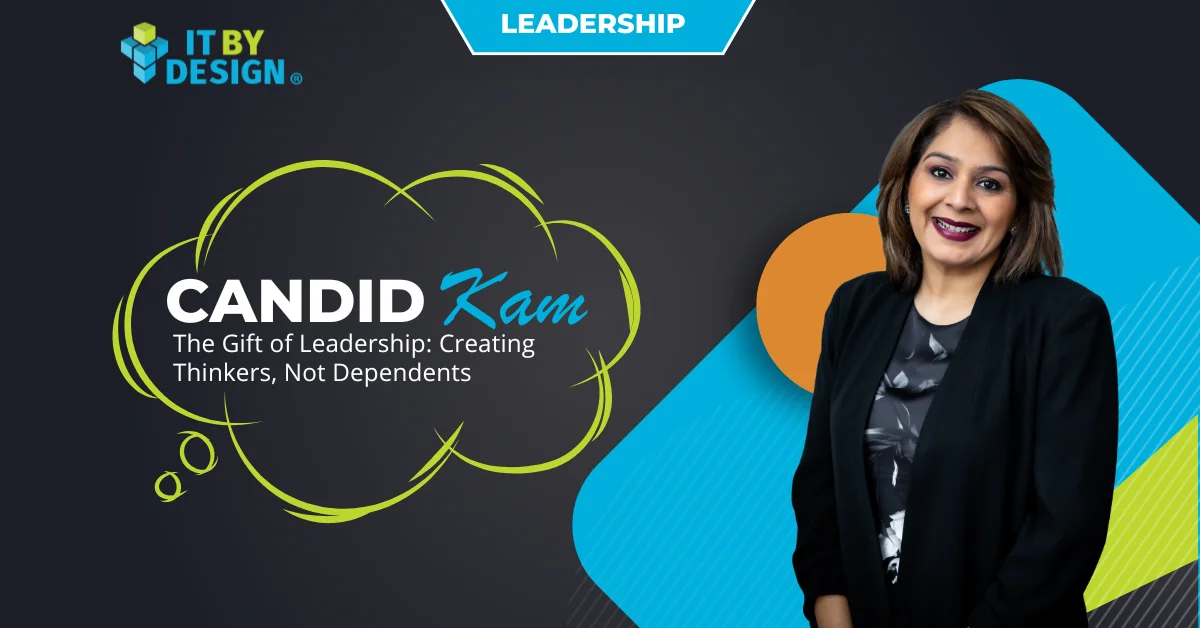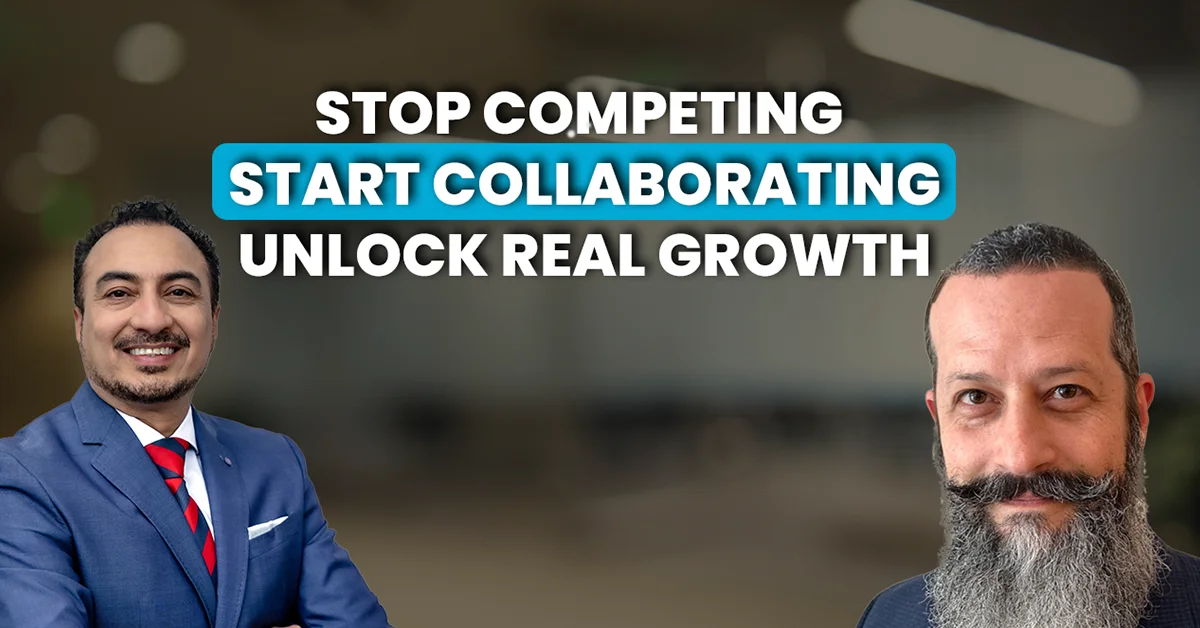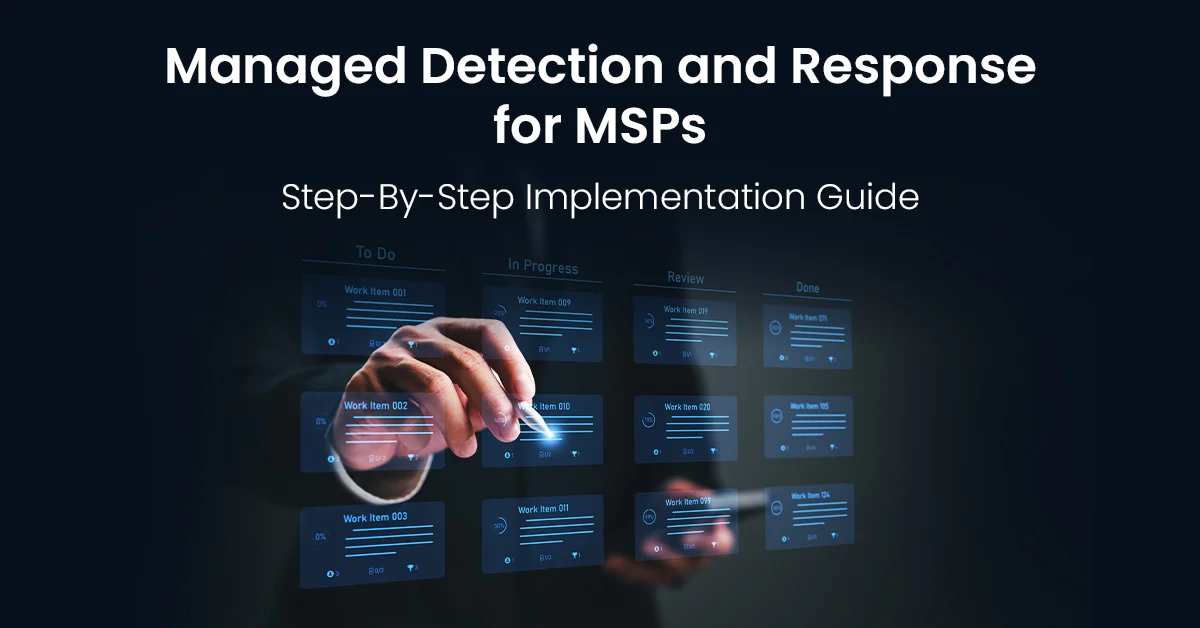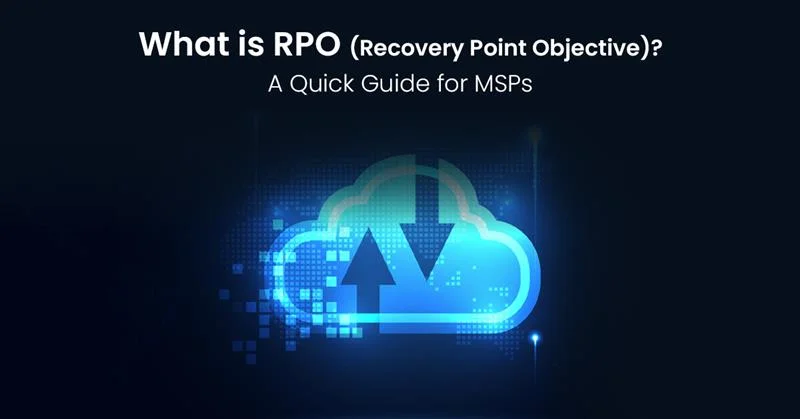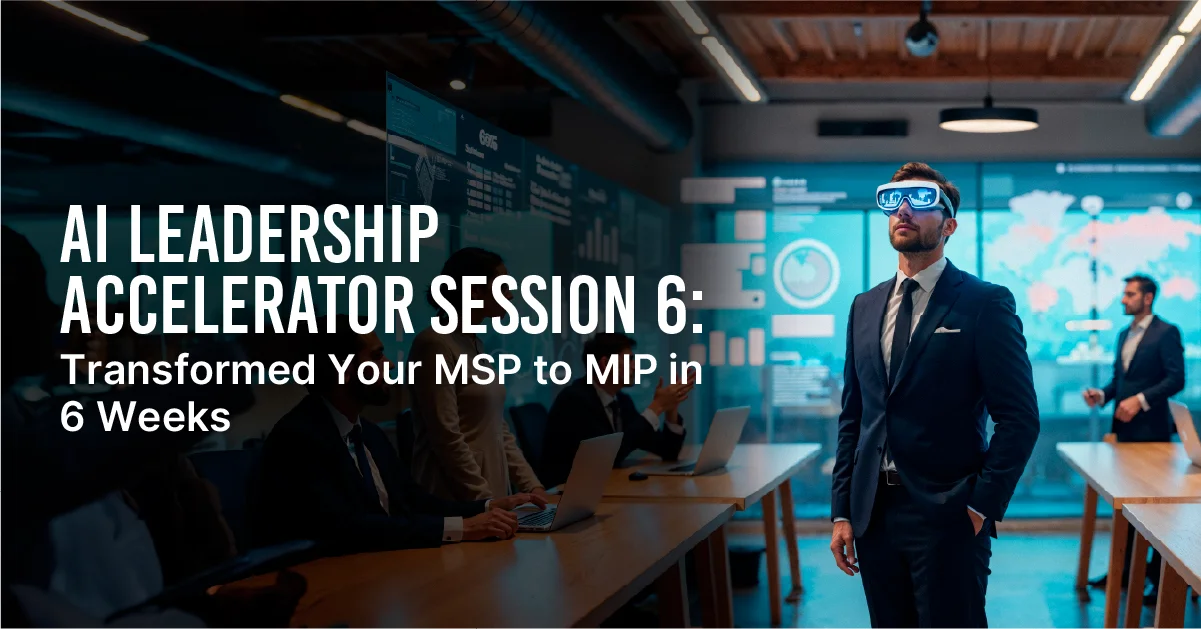Regular one-on-one meetings between managers and employees play a crucial role in fostering open communication, setting goals, retaining good employees, and enhancing productivity in your MSP. However, without proper structure and preparation, these meetings can be unproductive and fail to achieve their intended outcomes. Let’s explore the essential steps to ensure a successful meeting, including preparations, conducting the meeting, and the critical follow-up.
Preparation
- Schedule and Frequency: Set a consistent schedule, ideally on a recurring basis, to establish a sense of routine and reliability. Determine the frequency based on the needs of the employee, the nature of their work, and the availability of both parties.
- Agenda Setting: Encourage employees to contribute to the agenda by inviting them to share topics or issues they would like to discuss. This allows the employee to have ownership and ensures that their concerns are addressed. Managers should also prepare their own agenda, including feedback, progress updates, goal setting, and any other relevant topics.
- Information Gathering: Collect all the relevant information about how the employee is performing so managers can have data-based conversations rather than relying on generalizations or anecdotal data. This includes KPIs, achievements, recognitions, and goals progress.
- 4. Documentation: Encourage managers and employees to maintain a shared document or online platform to keep track of the meeting agendas, discussions, and action items. This ensures transparency, accountability, and allows for easy reference during subsequent
Conducting the Meeting
- Start on a Positive Note: Begin the meeting with a friendly and welcoming tone, acknowledging the employee’s achievements or contributions since the last meeting. This creates a positive atmosphere and boosts morale. Also, add a personal touch to the conversation. Ask about their family, any issues, or happy occasions you might know about. Keep track of this data in a private area of your notes for easy recall and follow up. Building that personal connection is very important.
- Active Listening: Actively listen to the employee’s concerns, ideas, and suggestions. Provide them with undivided attention and demonstrate empathy. Encourage open and honest communication by creating a safe and non-judgmental space. Here’s a blog about the power of listening that will help you become a better listener.
- Feedback and Coaching: Offer constructive feedback on the employee’s performance, highlighting both strengths and areas for improvement. Provide specific examples and actionable suggestions to help them grow professionally. Offer support, guidance, and resources to address any challenges they may be facing. Check out this blog from our “Teaching Tuesdays” education series about providing effective feedback.
- Goal Setting: Collaboratively set goals and objectives for the employee based on their aspirations, company objectives, and performance evaluation. Ensure that these goals are SMART (Specific, Measurable, Achievable, Relevant, and Time-bound) and aligned with the employee’s personal and professional development.
Post-Meeting Requirements
- Action Items: Summarize the key points discussed and any action items agreed upon during the meeting. Document these action items in the shared document or online platform. Clarify responsibilities, deadlines, and any necessary resources required.
- Follow-up and Accountability: Follow up on the progress of action items and provide the necessary support to help employees accomplish their goals. Regularly check-in and provide feedback to ensure ongoing growth and development.
- Continuous Learning: Encourage employees to reflect on the one-on-one meetings and their outcomes. Provide opportunities for them to share their insights, lessons learned, and any feedback on the process itself. This fosters a culture of continuous learning and improvement.
- Adaptation: As a manager, be open to adapting the structure and format of the one-on-one meetings based on feedback and evolving needs. Flexibility and responsiveness ensure that these meetings remain relevant and effective over time.
Implementing a well-structured approach to one-on-one meetings between you and your employees is essential for enhancing productivity, fostering communication, and promoting growth. By following the outlined steps of preparation, conducting the meeting, and addressing post-meeting requirements, you can establish a strong foundation for meaningful conversations that empower employees and drive success in the workplace. Our Team GPS employee engagement platform can assist you with planning and tracking one-on-one meetings while providing you with a wealth of valuable data right at your fingertips.
Remember, a successful one-on-one meeting is a partnership between you and the employee, built on trust, open communication including mutual access to the same data, a shared commitment to personal and professional development, and a common understanding of success with a defined path to achieve it.



